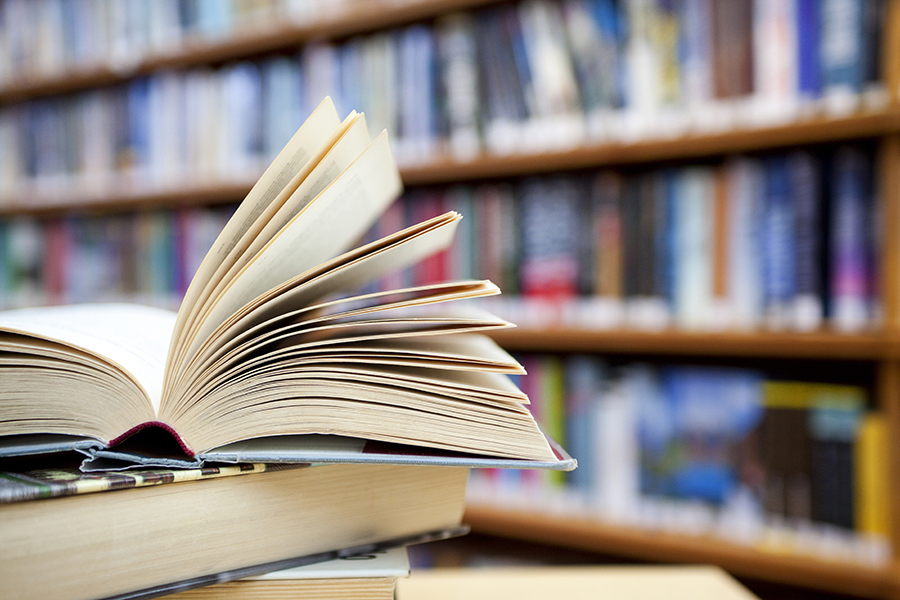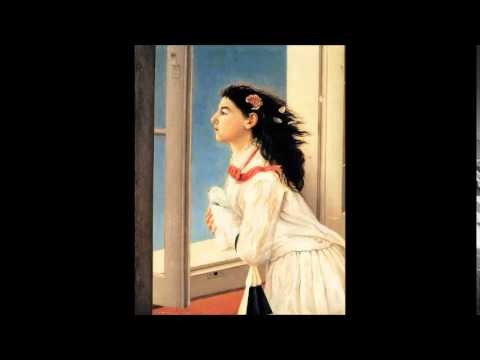



“The strange case of Dr. Jekyll and Mr. Hyde”by Robert Louls Stevenson
27 Gennaio 2019

Gabriele D’Annunzio
27 Gennaio 2019

LIFE
loyce was an Irishman, and he was born in 1882 in Dublin. He was son of John Stanislaus Joyce, that had a good job and a reasonable economic position. Jamess father is a big influence in his work, thanks to his many faults: in fact John Joyce started to lose a lot of work, and his family was kicked down by the social ladder.
In 1888 Joyce was sent away to the Clonglowes Wood College, a Chatholic school of Jesuits that were very important to his future culture and to his earlier chapters, like we can see in “A Portrait of the artist as a Young Man”.
Among the important influence in his childhood was that of Irish nationalist politics,
especially the tragedy of Parnell, the Protestant leader of the Irish Home Rule. After Parnell’s death, in 1891, Joyces father, detached from Irish extremism, and took little interest in Irish nationalist movement. Joyce, defeated and disappointed, detached from Irish extremism and nationalist literary movement. It must be said that, for this indifference, Joyce’s works had immense difficulty to be printed in Ireland.
Joyce was a brilliant student, he won a lot of scholarship, but grow up in himself a rebellion against the religious and social conventions; in 1890 he came under the Ibsens influence in which he admired the intellectual honesty and his choice of exile.
In 1898 Joyce entered in University College, a Catholic Institution ‘ where he studied modern languages; in 1902, having take his degree, Joyce make a trip to Paris, where he met a lot of expatriate Irish nationalist; he made a second trip to Paris, but was cut short by mothers death.
So he turned in Ireland where he established for a long period, and where he starts to drink (together with father) and to go with prostitutes.
In 1904 Joyces life had a progress: he met Nora Barnacle, his long life companion, and left with her Ireland for a voluntary exile on the Continent. Nora Barnacle was a simple country girl that met Joyce in a motel where she worked to escape from his father that was a drunk man. Their relationship was happy and enduring.
In the same year the couple left Ireland, and went to Pula, in Istria, where Joyce attempted for English teacher; then they moved to Trieste (where he started to write “Dubliners” and “A Portrait of the Young Artist as a Young Man”) and to Rome that he found uninspiring. Then he returned to Trieste where he met his future pupil, Ettore Schmitz (Italo Svevo), that was still an unknown writer. Finally in 1914 was published Dubliners that wasnt very successfully in commercial terms, but that attracted interest of some critics: in the same year he published “A Portrait of the Young Artist as a Young Man” in the periodical “The Egoist”.
With the outbreak of the First World War he moved to Zurich, where he worked for his new novel, Ulysses. In 1920 he moved to Paris, that was the European intellectual capital where he had a lot of success for his works, and he was able to push his technical experimentation to the limit, with Finnegans Wake, published in 1939. With the outbreak of Second World War he returned to Zurich where he died in 1941.
FEATURES AND THEMES
The importance of Joyce is that he had renewed the literature. His books are very different from the tradition. Joyce uses the technique of the manipulation of time and he doesn’t respect the chronological order; he uses the association of ideas and flashback. In his stories there isn’t only one point of view, but he expresses the points of view of many characters. He became famous with his neologism and his “expl’oration” of the language, but he always uses the same theme: the dryness of his time. Joyces conception of artist is too much near to that of Italian Realist: in fact he thought that the writer must be invisible in his works, and he havent to express his own viewpoint. Joyce rejected Irish life “in toto“, and at the same time he set all his novels in Dublin, the city in which he was grow up;
He spent nearly of his adult life in voluntary exile (Trieste, Paris, Zurich), becoming the most cosmopolitan of Irish writers and becoming open to other intellectual traditions; Like the other European writers of the time he was deeply influenced by the modern culture, especially in Freudian psicanalisis, that was affecting all the art (Picasso, Svevo); Other two important features in Joyce are the realism and the symbolism.
As a result of experimentation, he create a new kind of dream language, that was the mixture of non-existent words, existing words and inventive word combination; syntax is disordered, punctuation non-existent.
WORKS
DUBLINERS
One of the most important works of this period is Dubliners, made up by fifteen stories, in which Joyce talk about stories of everyday life in Dublin. There is a realistic technique, very far for the last Joyce of Finning Wakes, the plot is linear and the language is that of everyday life.
All the stories were written in 1905, except The Dead that was written in 1907, and are arranged into four sections, each of which represent one stage in life: childhood, adolescence, maturity, public life, an epilogue ( The Dead).
The style of the book is essentially realistic, with large descriptions of details and remarkable moments and in this collection appear, for the first time, the themes of paralysis and escape, and, linked to this two themes, the use of epiphanies.
The original meaning of epiphany is the showing of Jesus child to the Magi, but Joyce use this term to call a sudden revelation, something that was hidden in one mind and that suddenly surface and that start a long painful mental labour.
So, epiphanies, permit to the characters to escape from their paralysed condition of life in Dublin
Ulixes
The most known Joyce”s work is Ulysses. We can put this work in an ideal second period of Joyces literature, in which he developed the language, rejecting logical sequences and conventional syntax, but the themes are the same of Dubliners (here too there are two Dubliners as principal characters, and Joyce wanted to demonstrate the paralysis of Dublin).
The stories is centred around three principal character, and for each one there is dedicated an ideal part.
The principal character of the first part is Stephen Dedalus the Joycean alter ego. He took the name of the first Catholic martyr and of the legendary Greek artificer, Dedalus. Stephen is a young man with intellectual ambitions, its the enemy of his own country and a martyr to art. Stephen desires to convert the Irishmen to the cult of beauty inherited from the Greeks.
The second part of Ulysses is dominated by Leopold Bloom, the Ulysses of the title, that wandered in Dublin like Ulysses wandered in Mediterranean, encountering adventures like can compared to the adventure of Ulysses.
The third part is dominated by Molly Bloom, the Leopold’s wife, that can be compared to Ulysses wife Penelope, just as Stephen Dedalus can be compared to Telemachus. Blooms day is projected against the story of Ulysses, and each scene in the book is related to a specific episode of the Odyssey. In the first part of the book Dedalus, come back home from Paris, set off to find his friend and “spiritual father” Bloom, who is in search of a “spiritual son”. When the two friends meet, Bloom “adopt” Dedalus and offers to take him home and give him shelter. At home Molly Bloom waits for them, like , thinking of her past and present life, with a mental, interior monologue. This of river of words” called “stream of consciousness” ends with the words “yes”, like a total, non-judgemental, acceptance of life.
Parallel with Odyssey
The parallel with Odyssey is developed in all the chapter (18) in which the book is divided. chapter in fact correspond to one of the episodes of Odyssey. For Example The first , called Telemachus, it echoes the theme of the first. All the story have an allegorical sense and every character represent a odysseys character: Leopold Bloom is Ulysses, Molly Bloom is Penelope, and Stephen Dedalus is Telemachus. Dublin is like Itaca and the day that Leopold passes in the street of the town is like the trip that Ulysses had to do to return home.


